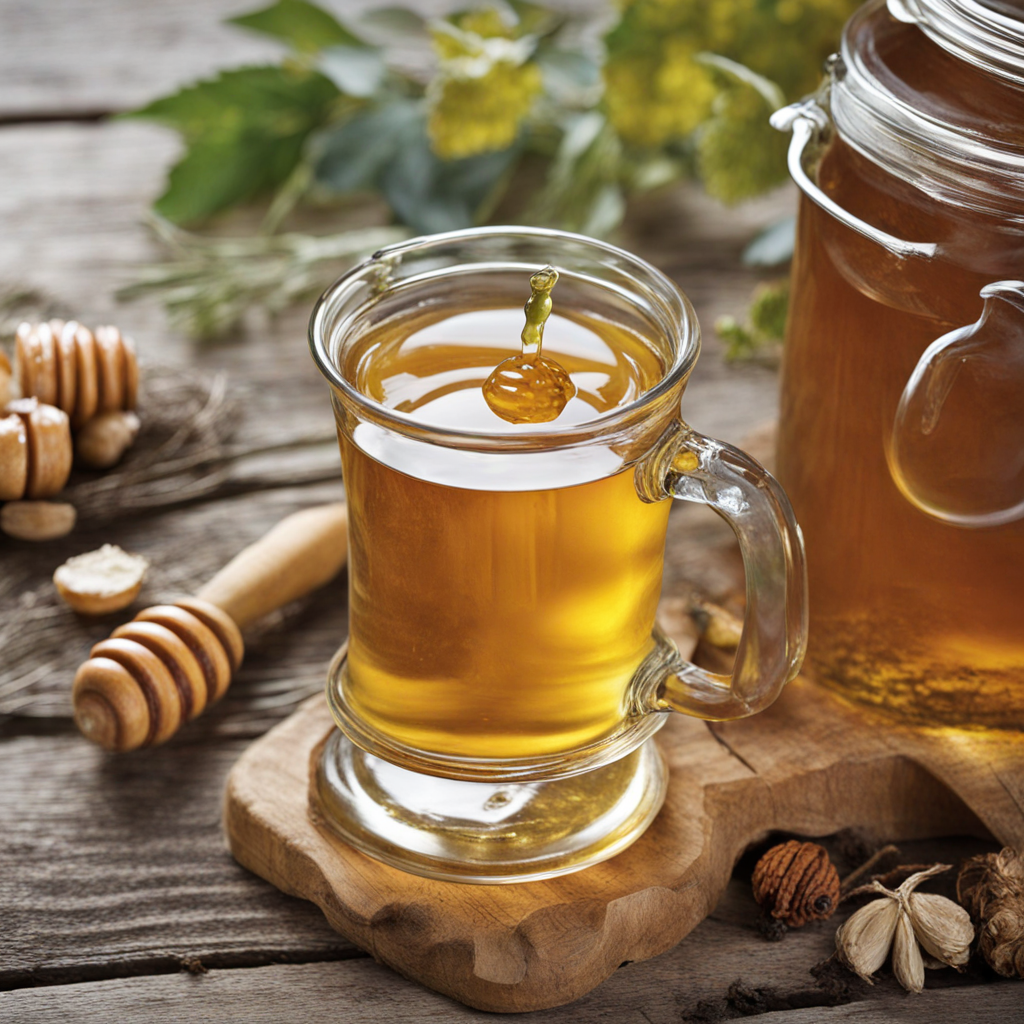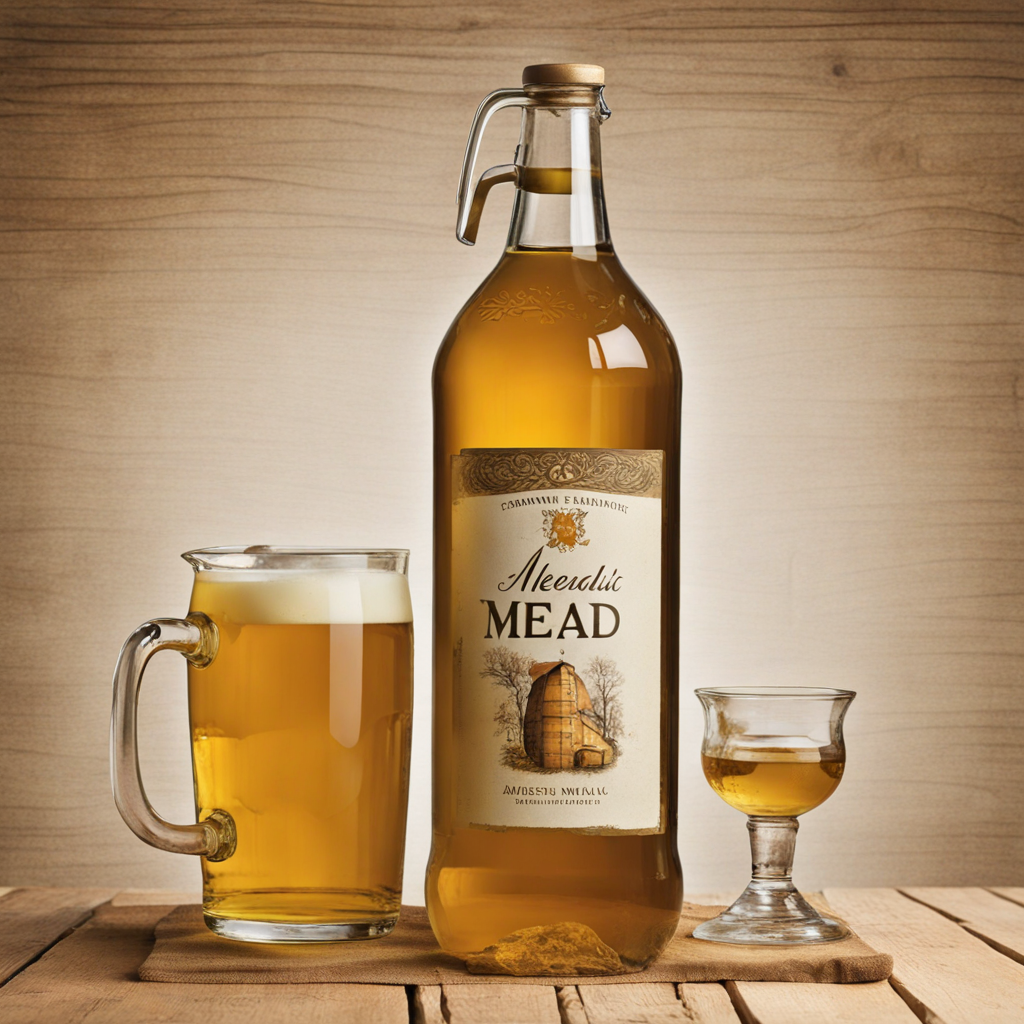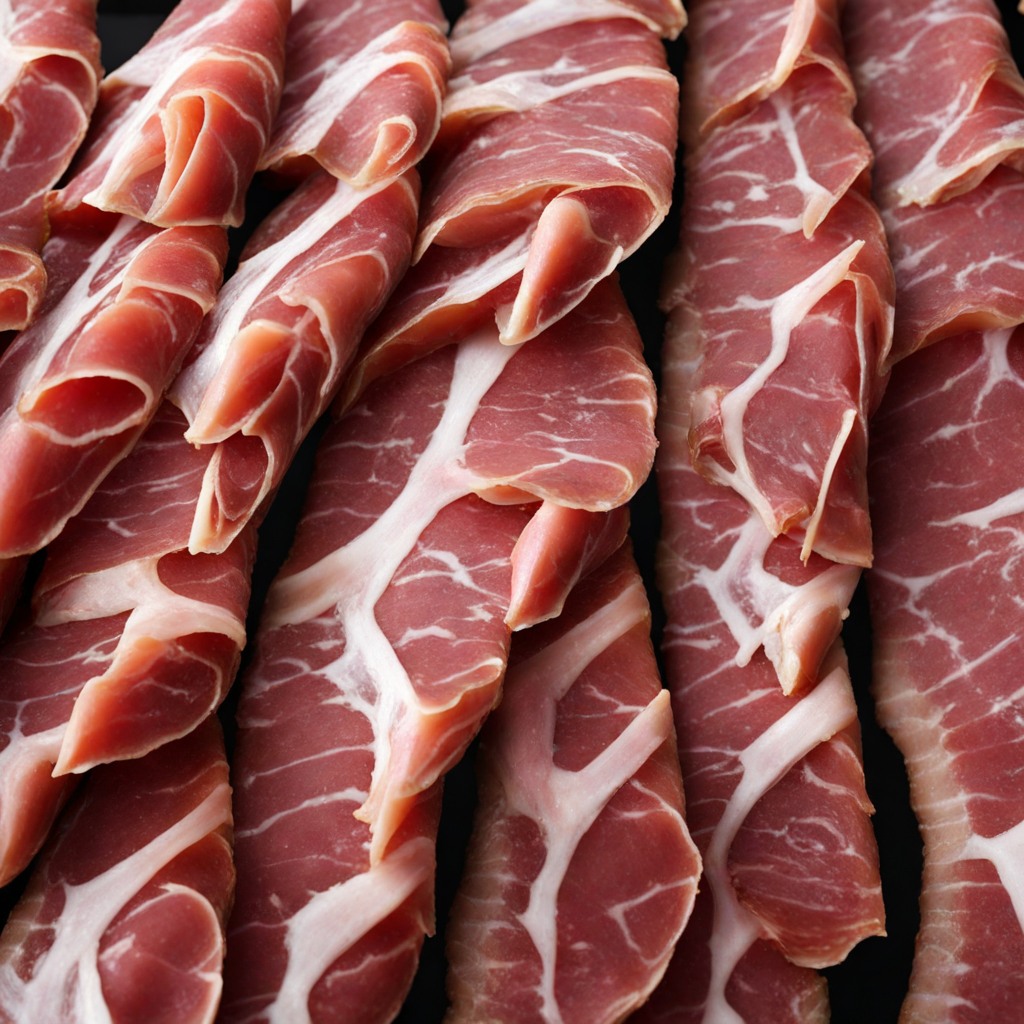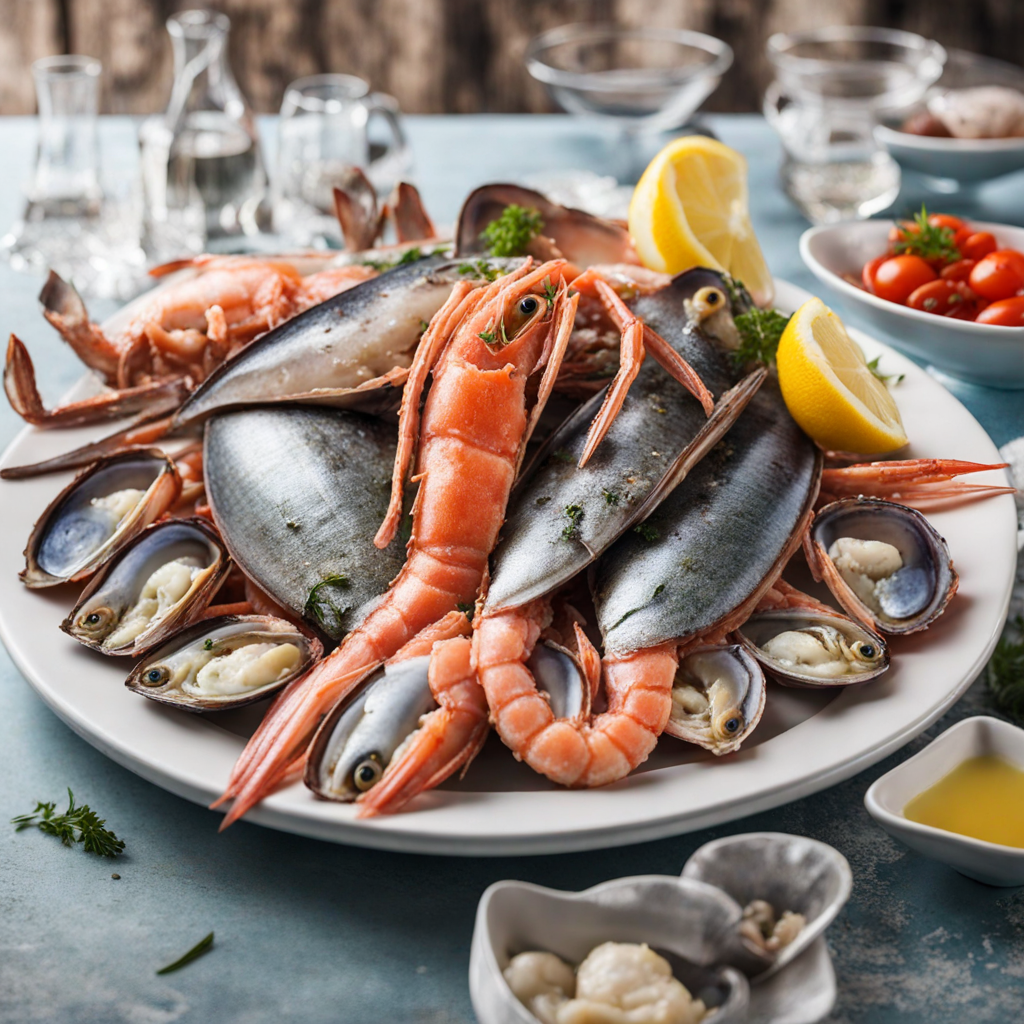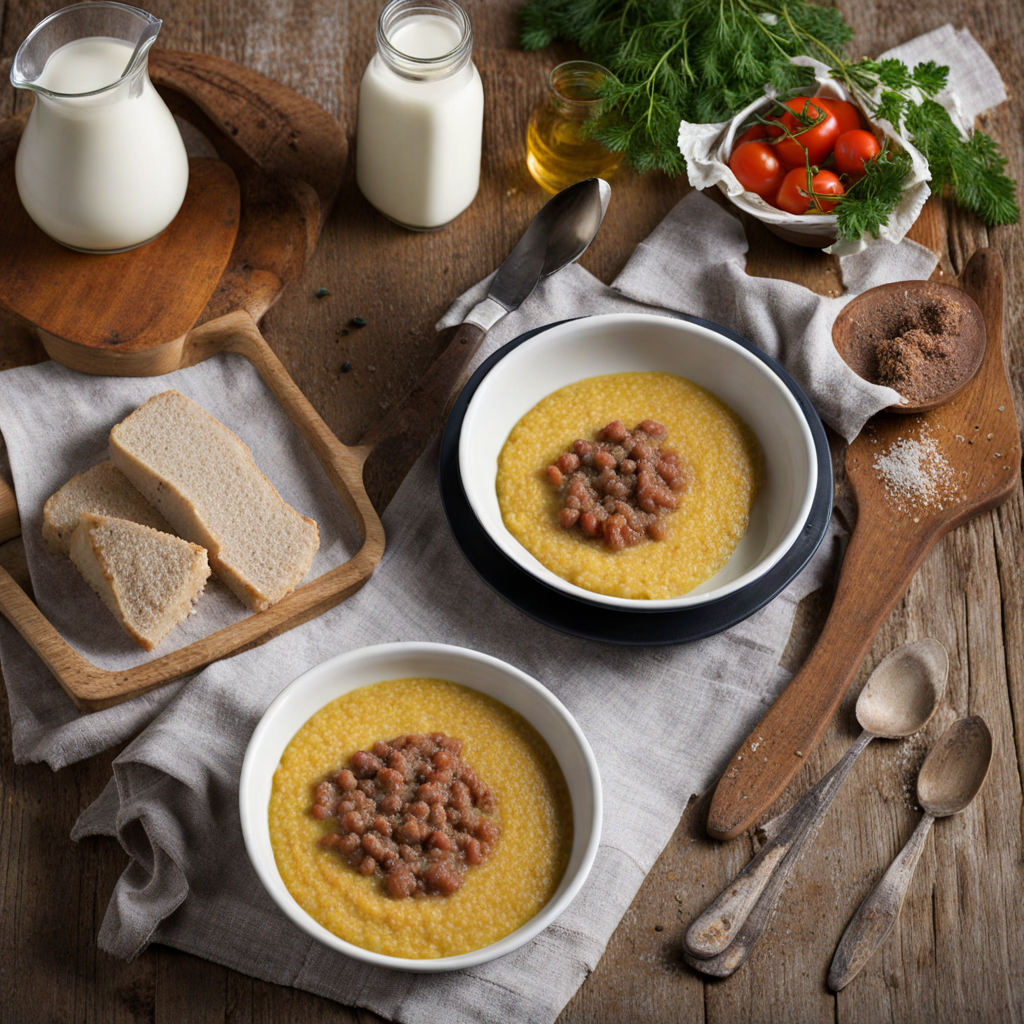Mead
Mead, a traditional beverage with a rich heritage in Slovenia, is crafted primarily from fermented honey and water, often with the addition of various fruits, herbs, or spices to enhance its flavor profile. The sweetness of the honey is balanced by the natural acidity of the ingredients, resulting in a refreshing drink that can range from light and floral to robust and complex. Slovenian meads may exhibit distinct regional characteristics, reflecting the local flora and beekeeping practices, which means each sip offers a unique taste experience deeply rooted in the land’s natural bounty. One of the most fascinating aspects of Slovenian mead is its versatility. It can be enjoyed in various forms, from still to sparkling, and can have a range of alcohol content, making it suitable for different occasions. Some meads are aged in oak barrels, allowing them to develop deeper, more nuanced flavors reminiscent of whiskey or fine wine. Others may be infused with local fruits like cherries or apples, creating a delightful harmony between the sweetness of honey and the tartness of the fruit, perfect for those looking for a refreshing treat on a warm day. Exploring Slovenian mead is not just about tasting a drink; it’s about experiencing a tradition that has been passed down through generations. Many local meaderies offer tastings and tours, allowing visitors to understand the intricate process of mead-making, from the careful selection of honey to the fermentation process. Pairing mead with Slovenian cuisine, such as hearty stews or delicate pastries, enhances the overall experience, making it a delightful journey into the flavors of Slovenia. Each bottle tells a story of the land, the bees, and the artisans who dedicate themselves to this timeless craft.
How It Became This Dish
Medica: The Sweet Essence of Slovenia's Culinary Heritage Medica, a traditional Slovenian honey liqueur, embodies the rich tapestry of the country’s cultural and culinary history. Its origins are steeped in the ancient practices of beekeeping and herbal medicine, reflecting a harmonious relationship between nature and the Slovenian people. This unique beverage not only serves as a delightful digestif but also holds significant cultural and historical importance that has evolved over centuries. #### Origins of Medica The roots of Medica can be traced back to the ancient Slavic tribes who inhabited the region that is now Slovenia. As early as the 6th century, these tribes practiced beekeeping, utilizing the abundant natural resources of the area. Slovenia is one of the few European countries where beekeeping has been part of the cultural fabric for so long, and it is estimated that there are over 10,000 beekeepers in the country today. The term "Medica" itself is derived from the Slovenian word for honey, "med." This liqueur is made primarily from honey, water, and a variety of herbs and spices, reflecting the ancient belief in the healing properties of honey. In medieval times, honey was not only a sweetener but also an important ingredient in medicinal concoctions. Monasteries played a crucial role in the production of herbal medicines and liqueurs, often using honey as a base for their tinctures. By the 14th century, the practice of distilling honey into a liqueur became more common, and Medica began to gain popularity among the nobility. The beverage was often enjoyed at feasts and celebrations, symbolizing prosperity and the bountiful harvests of the region. It was a drink for the elite, a testament to the skills of local artisans and the quality of Slovenian honey. #### Cultural Significance Medica is more than just a drink; it is a cultural symbol of Slovenia. In a country where honey production is celebrated, Medica embodies the essence of the Slovenian connection to nature and the importance of traditional practices. Slovenia has a long-standing tradition of beekeeping, and the country is home to the Carniolan bee, a breed known for its gentleness and productivity. This intimate relationship with bees is woven into the national identity, culminating in events like the annual Bee Day, which honors the vital role that bees play in agriculture and ecology. The liqueur is traditionally consumed during festive occasions, family gatherings, and national celebrations, reinforcing its role in Slovenian social life. Medica is often served at weddings, birthdays, and other significant milestones, making it a staple of both joyous and solemn occasions. The act of sharing Medica is an expression of hospitality, generosity, and a deep-rooted cultural heritage. Moreover, Medica is frequently paired with traditional Slovenian dishes, enhancing the culinary experience. It serves as a perfect accompaniment to local cheeses, cured meats, and pastries, elevating the flavors and creating a sense of unity between food and drink. This pairing fosters a communal spirit, where families and friends come together to celebrate their heritage and the bounty of their land. #### Development Over Time As Slovenia transitioned through various historical periods, so too did Medica. The influence of the Austro-Hungarian Empire, which governed the region for centuries, introduced new flavors and methods of production, leading to a diversification of the liqueur. In the 19th century, the industrial revolution brought advancements in distillation, allowing for more refined production techniques. This era also saw an increase in the availability of spices and herbs, which were incorporated into Medica, giving rise to various regional variations. In the 20th century, particularly after Slovenia gained independence in 1991, there was a renewed interest in traditional Slovenian foods and beverages. This revival can be attributed to a growing sense of national pride and the desire to preserve culinary heritage. Artisanal producers began to emerge, crafting Medica in small batches using organic honey and local herbs. These producers often emphasize sustainable practices and the importance of local sourcing, which has resonated with consumers increasingly interested in ethical and environmentally friendly products. Today, Medica is experiencing a renaissance, with modern interpretations and innovative flavors being introduced. While traditional recipes remain popular, contemporary distillers experiment with ingredients such as spices like cinnamon, ginger, and even citrus, creating new dimensions of flavor. The craft cocktail movement has also embraced Medica, incorporating it into various drinks and elevating its status beyond a traditional liqueur. #### The Future of Medica As Slovenia seeks to position itself on the global culinary map, Medica is poised to play a vital role in this narrative. The liqueur is gaining recognition beyond its borders, with increasing interest from international markets. Slovenian producers participate in food and beverage festivals worldwide, showcasing Medica and its unique qualities to a broader audience. Moreover, the push for sustainable and organic products aligns perfectly with the values held by many Slovenian beekeepers and Medica producers. The commitment to preserving the environment and promoting biodiversity is becoming a crucial aspect of the industry, ensuring that the natural resources that make Medica special are protected for future generations. In conclusion, Medica is more than just a honey liqueur; it is a reflection of Slovenia's rich history, cultural identity, and culinary innovation. Its journey through time mirrors the evolution of Slovenian society, from its ancient roots to contemporary expressions of national pride. As the world continues to discover the flavors of Slovenia, Medica stands as a testament to the enduring legacy of the land, its people, and their harmonious relationship with nature. Whether enjoyed in a quaint tavern in the heart of Ljubljana or sipped at a sophisticated cocktail bar in New York City, Medica captures the spirit of Slovenia, one sweet sip at a time.
You may like
Discover local flavors from Slovenia


